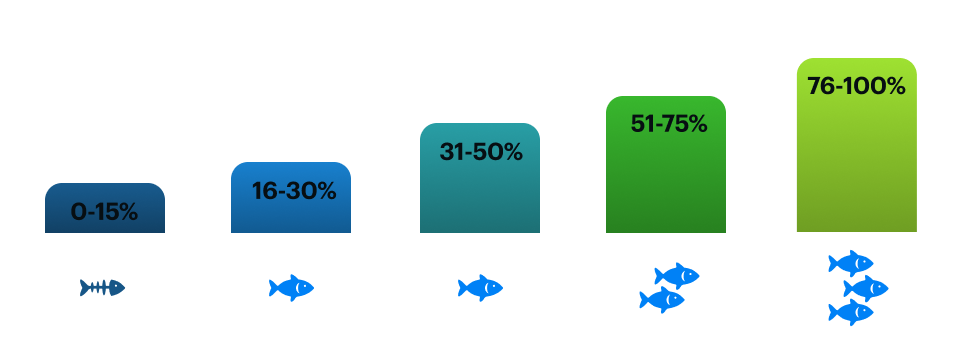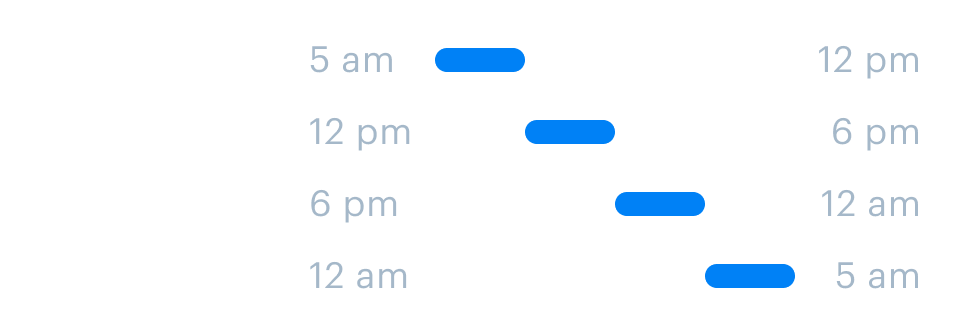
Fishing Forecast

Learn more about the fishing forecast
and how to read it
and how to read it


How the fish forecast works
Fish activity smart prediction
Since weather and marine conditions also influence fish activity, we’ve developed an advanced fish activity forecast that factors in these elements along with solunar data.
Here’s how it works:
We combine forecasted weather conditions, marine data, and solunar information for the specific time and location of your fishing spot. This data is then used to calculate a detailed fish activity forecast as a percentage.
We combine forecasted weather conditions, marine data, and solunar information for the specific time and location of your fishing spot. This data is then used to calculate a detailed fish activity forecast as a percentage.

Fish activity score
Bite score values:

How to read: The higher the fish activity percentage, the better the bite you can expect.
Score Widget:

How to read: The daily maximum fish activity is on the left, and the best time for fishing is on the right.
Time periods
The day is divided into four six-hour intervals for easier interpretation. Here they are:
Note: Fish activity may fluctuate within these intervals, so switch to the hourly forecast for more precision. The forecast covers up to 10 days ahead, and you can also view a 10-day history.

How Weather Affects

Weather conditions
Cloudiness
Overcast skies can increase fish activity as they feel safer from predators and are more likely to venture into shallower waters to feed.
Light rain can improve fish activity by cooling the water and oxygenating it, while heavy rain may reduce activity due to turbulent conditions.
Snow
Snowfall typically decreases fish activity as it cools the water, making fish more sluggish and less likely to bite.
Sunny weather
Bright, sunny conditions can make fish retreat to deeper or shaded areas to avoid predators and heat, often reducing their activity and likelihood of biting.
Rain
Solunar forecast
A solunar forecast predicts the best fishing times based on the moon's phases and position, combined with the sun's influence. It identifies peak activity periods when fish are more likely to feed, often around moonrise, moonset, sunrise, and sunset.
You can also view the exact moon rise and set times in the detailed forecast:


How to read: Poor biting - 1 fish, great - 3 fish.
Wind speed and direction
Moderate wind speeds increase fish activity by oxygenating the water and stirring up food, while strong winds push fish to deeper, calmer areas.

Wind direction impact on fishing activity:
- Onshore winds bring food and nutrients closer to shore, attracting fish to these feeding zones;
- Offshore winds push food away from the shore, often driving fish to deeper or offshore waters;
- Sideshore winds create lateral currents that can stir up baitfish and attract predators to specific areas.

Air pressure
Atmospheric pressure changes can influence fish behavior and movement, affecting their feeding patterns and locations in the water.

High pressure encourages surface activity due to calm conditions, while low pressure can make fish sluggish as they retreat to deeper waters.

Rising pressure often triggers active feeding after a storm, whereas falling pressure signals an approaching storm, prompting fish to feed aggressively in preparation.
Air and Water temperature
Different fish species react differently to changes in water temperature. Air temperature affects fish activity indirectly, through heating or cooling water.

Deep-sea species are less sensitive to changes in temperature, as they live in more stable conditions at depth.
Swell and tide
Larger swells (over 6ft) can make fish less active, as they seek shelter in deeper areas to avoid strong currents. Smaller swells (under 3 ft), however, can bring in plankton and baitfish, which attract predators to shallower waters.

During high tide, fish tend to move closer to shore to feed in the shallower waters, making it an ideal time for fishing near the coast. At low tide, fish usually retreat to deeper waters, becoming less accessible for fishing. The best times for fishing often align with the rising and falling tide, when fish are more active and easier to locate in feeding areas.

Note: Some conditions favorable for fishing, like high winds, rough seas, storms, or low visibility, may not be ideal for boating.
